FESTO Industrial Automation
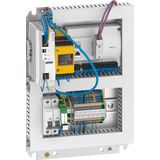
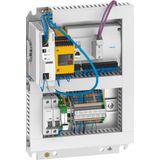
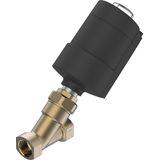

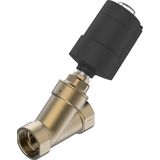

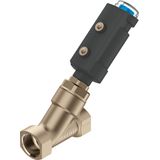
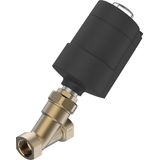

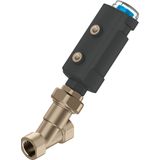
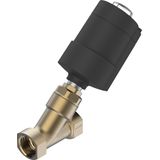
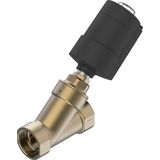




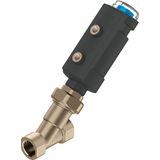



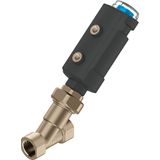
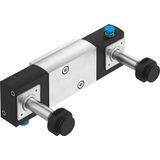
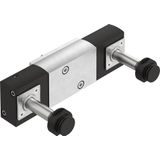

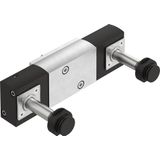

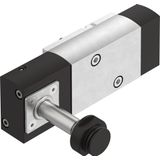


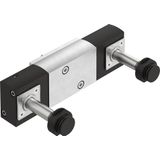
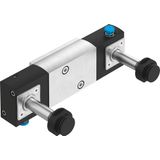


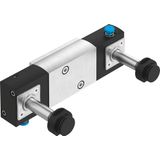
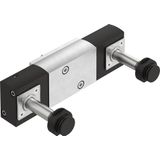

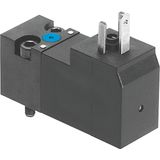
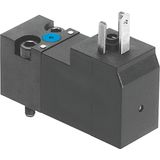
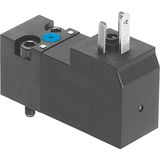
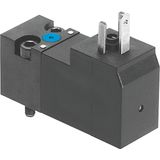

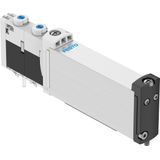

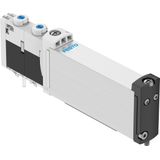
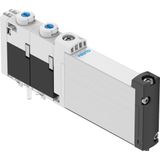

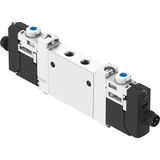
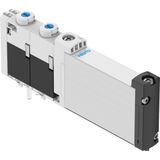

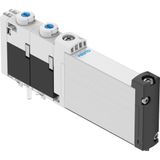
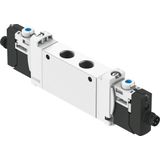
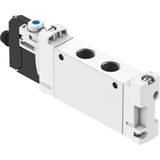
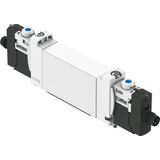
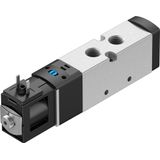
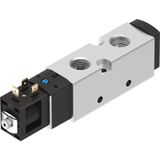
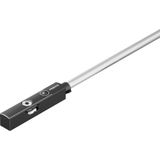
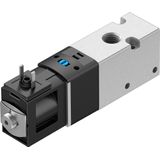
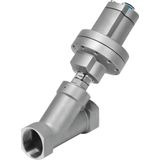
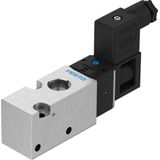

Festo Automatics and Control – Festo Control Systems and Industrial Automation Devices
When you build or maintain production lines, control is what holds everything together. The category Festo automatics and control covers what most engineers rely on daily — programmable controllers, automation modules, and pneumatic control components that sit behind every working process. It’s not about fancy design; it’s about keeping machines responsive, diagnostics readable, and downtime short.
From experience, the difference between a good control setup and a bad one is simple — wiring time and reliability. Festo control systems keep both in check.
Technical Characteristics of Festo Automation Components and Control Modules
- Architecture: modular construction for industrial automation setups — supports stand-alone control or integration into larger PLC networks.
- Signal range: standard 24 V DC logic inputs and relay/semiconductor outputs for direct actuator control.
- Connectivity: ready for fieldbus protocols such as PROFINET, EtherCAT, and IO-Link; includes diagnostic LEDs and front-accessible terminals.
- Pneumatic integration: Festo control modules connect directly to valve terminals and air preparation units — clean mechanical and electrical fit.
- Build quality: reinforced housings, vibration-tested mounting, corrosion-protected terminals.
- Operating conditions: typical ambient range –10 °C … +60 °C, IP20 – IP65 versions available for cabinet or field installation.
- Compliance: built and tested under EN 61131 and EN 61010 control system standards.
Seen worse gear in the field — terminals that crack, connectors that wobble. Festo’s housings and clamps stay tight even after hundreds of hours of operation
Practical Field Use of Festo Industrial Automation and Control Systems
In practice, automation devices end up where conditions aren’t perfect — warm cabinets, dusty floors, wet plant rooms. Festo controllers and control modules have proven themselves in those setups. We’ve seen them used in conveyor lines, packaging cells, and dosing systems, often paired with pneumatic actuators through plug-in manifolds.
One integrator ran a multi-zone HVAC system with Festo automation components — all tied to a single fieldbus. Months later, zero signal drops. Another site used compact Festo controllers to automate a bottling line, combining air valves and electric drives. Everything ran from one unified logic rack — easy to troubleshoot, easy to expand.
Truth is, when you’ve worked on enough panels, you start to value gear that doesn’t fight back. Festo automatics make wiring clean and repeatable.
Procurement Insights for Festo Controllers and Automation Devices
Procurement teams don’t just check price. They compare:
- Compatibility: same control family means shared accessories, cables, and firmware tools.
- Scalability: one system for small test rigs or full production lines — cuts training costs.
- Documentation: every controller comes with serial and part numbers, clear wiring diagrams, and configuration notes.
- MOQ and packaging: single modules or multi-unit trays, all labelled for warehouse traceability.
- Lead time: factory-stocked components ship fast within the EU; custom builds need scheduling but stay predictable.
- Support chain: one supplier covering control and pneumatic parts simplifies maintenance planning.
In real projects, skipping documentation or mixing product families always backfires. A single standard like Festo’s automation platform makes audits smoother and spare parts tracking simpler.
Integration and Maintenance of Festo Control Systems
For engineers, expansion is always the test. You add a new conveyor, extend a dosing station — and the system either scales or fights you. Festo control modules use a consistent mechanical and wiring interface, so new I/O or logic units fit into existing setups. Diagnostics stay the same, cabling maps match, and service techs don’t need retraining.
The wiring blocks are labelled in a way that makes sense to anyone who’s done field service. That’s worth more than a pretty brochure.
Why B2B Clients Source Festo Automatics and Control from Bank of Lamps
At Bank of Lamps, we keep a constant stock of Festo automation components and control modules in our Latvia warehouse — ready for fast dispatch across the UK, Germany, Netherlands, Baltics, France, Spain, and Belgium.
Our clients choose us because:
- we supply both pneumatic and electrical automation lines under one order;
- batch traceability is maintained for every controller and module;
- bulk and mixed-volume orders are packed and shipped on fixed schedules;
- our logistics network keeps EU deliveries within standard industrial lead times;
- our team actually understands wiring layouts and system assembly — not just part codes.
When deadlines close in and your control panels need to go live, you don’t want to chase suppliers. You want steady stock, clean documentation, and someone who knows what those terminals are for. That’s what you get when you source Festo automatics and control through Bank of Lamps.